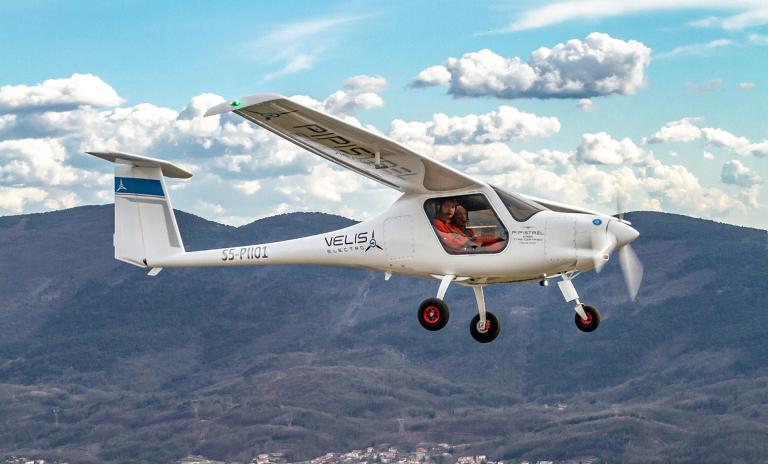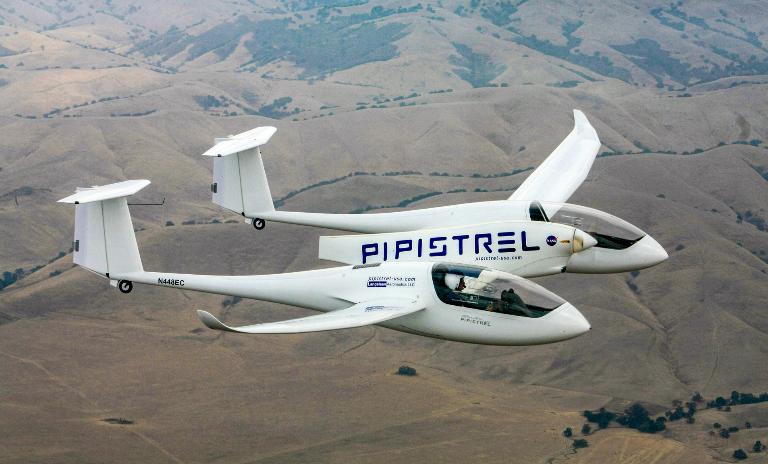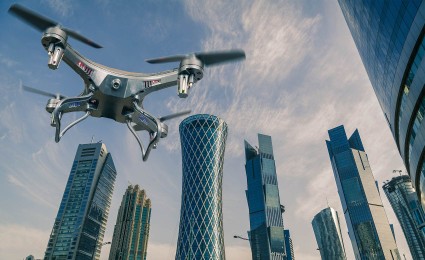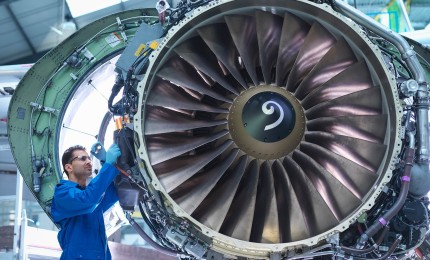

Pipistrel CEO Ivo Boscarol: All-electric and hydrogen aircraft are the future
"Kerosene is not an option anymore"
Since 2007 Pipistrel has been leading the charge for small electric aircraft and, on 10th June 2020, EASA announced the certification of the Pipistrel Velis Electro – the world's first type certification of a fully electric aircraft.
In this interview, CEO and founder Ivo Boscarol speaks with Roland Berger about his business case for electric aircraft and the vision to provide inter-city air travel, a distributed aviation model and zero-emission commercial flights.

How did Pipistrel become a pioneer of electric aircraft?
I started the first private aircraft producer in former Yugoslavia in 1989, a time when you could only fly if you were in the military. At the beginning it was about making aviation accessible to anyone, to those who would not have access to flying otherwise. Our hang-gliders looked a lot like bats - this is where the name of the company comes from ('pipistrello' means bat in Italian).
Initially, the goal was to produce efficient, clean and quiet aircraft. The Pipistrel Virus could fly over 4000 km on car fuel, using 30-40% less energy than its competitors. We then used our expertise in lightweight, efficient aircraft design to create the world's first 2-seat electric aircraft, the Taurus Electro, in 2007. Several different Pipistrel electric aircraft won several NASA funded awards for efficiency and speed, for example Taurus G4 in 2011 as the first ever 4-seat electric aircraft. While most players in the industry are waiting for the challenges of electrical propulsion to be solved by others, we are solving them now and are pioneering electrical propulsion.
What challenges and opportunities does certification bring?
The Velis Electro has just become the world's first certified electric aircraft which opens great opportunities and possibilities for commercial use, such as making it available for flight training and public transport. Until this point, our electric aircraft could only be used privately or for training purposes in some countries. This now has changed, and despite the current crisis in aviation, EASA has certified the aircraft.
Certification is a long and complex process as you must prove to the regulatory bodies that the aircraft is safe to fly. Our certification process started over two and a half years ago, but several challenges arose. For example, following the Boeing 787 battery concerns, in 2017 authorities demanded greater safety requirements for batteries on board, for which we had to adapt our design. However, we now passed all the tests and we will be ramping up production in the coming months.
What is the business case for electric aircraft?
There is a strong business case for our electric aircraft as our customers benefit from a unique product with reduced noise, less pollution and lower energy cost. A lower noise footprint allows our customers to fly at small airports, which would otherwise be closed during the weekend because of noise. Secondly, customers are becoming increasingly interested in low pollution aircraft (the environmental issue has even deterred some from getting their PPL). Lastly, the low energy cost makes hourly leasing extremely competitive. It can cost as low as 0.9 EUR per hour (depending on electricity prices) to power the Velis Electro, compared to 18 EUR for the fuel in our SW 121, which itself is one of the most economic conventionally fuelled aircraft available.
We also estimate our manufacturing costs to fall by about 30% over the next 5 years as we ramp up. Today, all manufacturing is done in house, but as the industry grows it will become possible to outsource. Moreover, over time we expect that economies of scale will enable the electric aircraft to become even cheaper than fuel-powered aircraft. This is because it is much less complex to make electric components, while conventional engines have many more parts and are more complex.
"Today passengers have to go to the airport – I believe this is totally wrong. We must bring the airport to the passenger!"
What will the future of aviation hold and how are you preparing for it?
The future will bring a distributed aviation model, inter-city air travel, and hydrogen for large commercial flights.
In our centralized system, today passengers have to go to the airport – I believe this is totally wrong. We must bring the airport to the passenger! Thus, we must design quiet aircraft for very short take-off and landing, allowing aircraft to get closer to the customer. This will be critical as time becomes increasingly valuable. For example, if you want to go from Strasbourg to Munich, it is not ideal to do it with an A320 and, conversely, driving would take too long. A 9 or 19 seat aircraft will make this possible and more convenient than the alternatives.
Air travel within cities will also become the norm. Pipistrel has been chosen by Uber to develop a 3-5 seat electric or hybrid VTOL aircraft. Prototypes will be developed this year, with a goal to be operating in 6 cities by 2025.

"Regardless of whether we choose hydrogen or batteries, I don't think kerosene is an option anymore. At Pipistrel we are no longer considering aircraft with conventional fuel powered engines."
Large commercial aviation will likely involve the use of hydrogen. The first commercial flight will be an electric-hybrid, but batteries by themselves are not energy-dense enough. Also, batteries take too long to charge, and this will not suit the turnaround times at airports. On the other hand, hydrogen refuelling may be compatible with current airport infrastructure. Hydrogen does pose some storage challenges but, in my opinion, storage of hydrogen will have much faster development than energy density in batteries. So, we have helped develop HY4, a hybrid electric hydrogen aircraft as part of the MAHEPA (Modular Approach to Hybrid-Electric Propulsion Architecture) and HEAVEN (High power density FC system for aerial passenger vehicle fueled by liquid hydrogen) projects which have received EU funding. The aircraft could fly over the Atlantic emission free. We have also started working on a 19-seat hydrogen fuel cell aircraft, with a possible flight demonstration in 2025.
Regardless of whether we choose hydrogen or batteries, I don't think kerosene is an option anymore. At Pipistrel, we are no longer considering aircraft with conventional fuel powered engines.
Contact our experts
How will the industry evolve due to electric propulsion? How will electric propulsion impact your company? We invite you to contact us at [email protected] , or connect with Robert Thomson or Nikhil Sachdeva via LinkedIn to discuss your thoughts.





_person_144.png?v=770441)